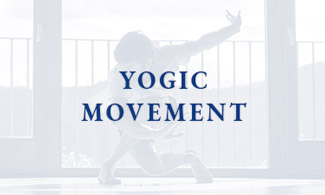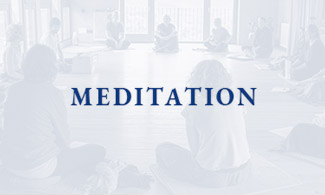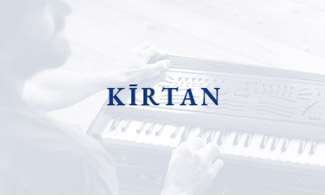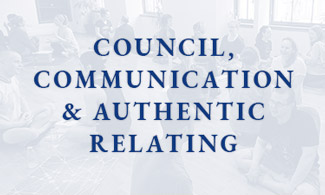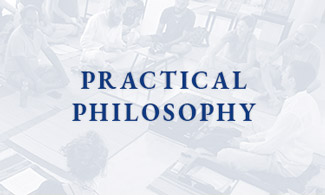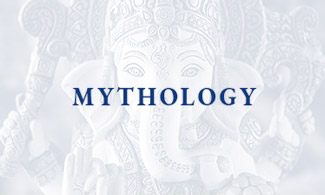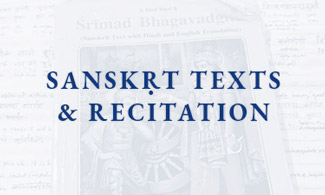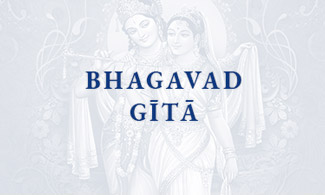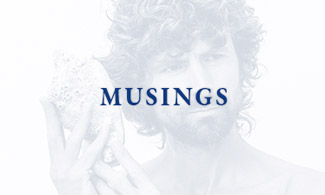
Kirtan – Yoga of Song
In a traditional kīrtan, a bard-like leader ‘tells’ of the kīrti – the glory – of the Lord; or, we might say, of the divine qualities that are our potential. This may include compelling renderings of stories from the Purāna-s, episodes the import of which will then be embedded in the audience more deeply through participative singing, communal and call and response, in which the names and phrases sung will be packed with an energetic quality which serves to encapsulate so many of the great qualities illustrated in the glorious story. And there are many names, and many phrases. Sometimes people ask: if in Indian Philosophy, God or the Supreme is One, why does He/She/It have so many names?
When asked this at a kīrtan, I often give the example of love. Imagine you are deeply, wildly in love… Now, describe the beloved. Will one word do? Will one thousand? Of course not, like all the greatest things we can experience as humans, love is beyond words. And that is the whole point about God, the Supreme, Pure Consciousness. It is beyond name and form, which always and only limit and contain. But this God, this Supreme, this Consciousness is limitless and uncontainable, so one word can’t really convey it. However, thinking back to the example of love. We do have so many beautiful poems and songs which do somehow manage to evoke something of the wonder and greatness of what it means to be in love, what this mysterious, formless force can do to a person, can bring to a human life. And so it is with the Supreme and the beautiful divine powers that it holds. When we sing certain words, and hear certain archetypal stories, it rouses within us a certain quality of feeling. The words, the richly evocative names of the Supreme that we sing in kīrtan songs and chants kindle our feeling (bhāva) and invite us to relish (rasa) a particular quality of experience.
However, kīrtan works on many levels all at once. In yoga practice, we are cultivating our capacity to be focused and present, open to the wonder all around us, yet centred and balanced. With yoga practices, we can train ourselves to do whatever we are doing with every part of ourselves.
In āsana, for example, we work from gross to subtle to invite all parts of our system into whatever we are doing, to participate in the maintenance of balance. We use our emotional intent, our mental focus, our sensory curiosity and receptivity, with the agency of the breath to foster a space of balance within and through the physical body.
In walking meditation, we may use the feedback of our feet against the ground, our skin against our clothes and the air, our breath and the rhythm of each step flowing into the other to deepen our awareness of our body-encased conscious system as a place of real and potential dynamic equilibrium.
In seated meditation, with the body held stable (āsana), the breath subtle and refining (prāṇāyama), the senses consciously connected to their animating source (pratyāhāra), we then concentrate (dhārana) and channel the powers of the subtler realms of our awareness to flow towards the object of meditation (dhyāna).
In each of these three example of yoga techniques or practices, we are using a support: balancing the body-held system in whatever orientation we find ourselves, observing the locomotive movement of our body, focusing on the object of our concentrated meditative awareness; to facilitate integrated or ‘yogic’ experience. As we do this, we expose all the parts of our system to the joy and fullness of cohesion. With regular practice, this space of centred, integrated awareness becomes more familiar, and so we notice more readily when we come away from it.
The practice of kīrtan is a beautifully efficient way to invite this yogic experience. When we sing, it’s a physical act, so the body is engaged. As soon as we sing, we work with the breath. Singing is in fact a very pleasing, accessible and joyful means to practice prāṇāyāma – the extension and refinement of the life force. The mind and intellect are also involved: paying attention to the sounds, the words, the melody. When we sing wholeheartedly, our emotions are also engaged. Very readily then, the practice of call and response chanting, frequently referred to as kīrtan, invites the glorious, integrated experience of yoga. When we do give ourselves wholeheartedly to the practice of kīrtan, we come to understand what it means and why it is referred to by this name. Kīrti means glory. When we sing, with all parts of ourselves, it can bring forth a feeling of glory. However, really, all yoga practices are forms of kīrtanam – telling the glory of our latent potential to the more superficial levels of our awareness, training us to make even the simplest of our day-to-day actions glorious expressions of integrity and efficiency, teaching us to live the path of authentic action, a path what will almost certainly be trying, and searching, but which holds our true unique glory.
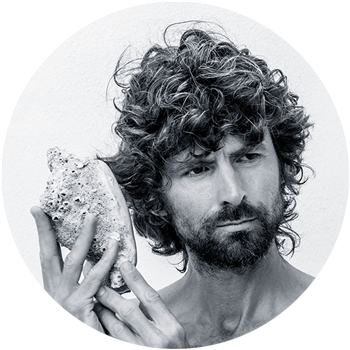
James Boag | Whole Life Yoga
The yoga of the whole human being. Practical philosophy, storytelling, movement, inquiry, looking in ways that reach beyond our habitual ways of looking.
Listen to James’ unique whole life yoga perspectives on the WHOLE LIFE YOGA podcast.


